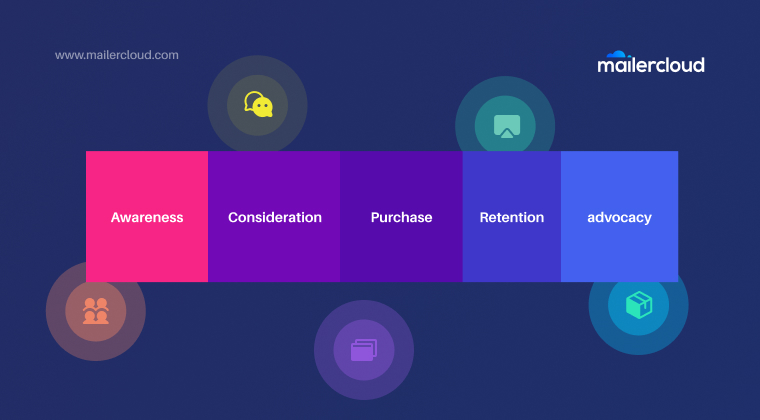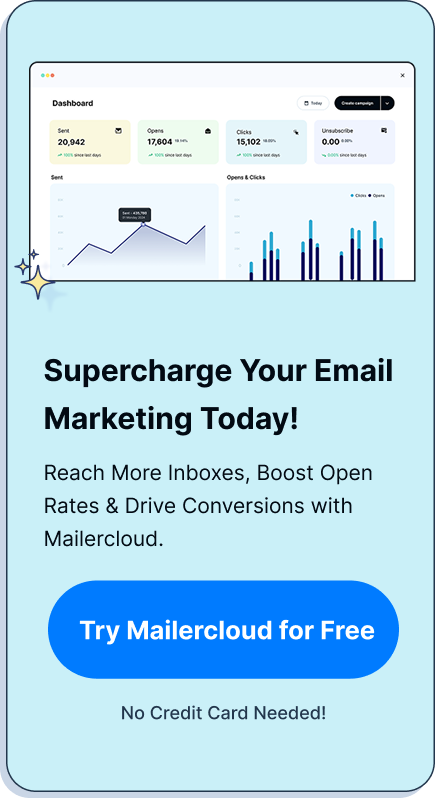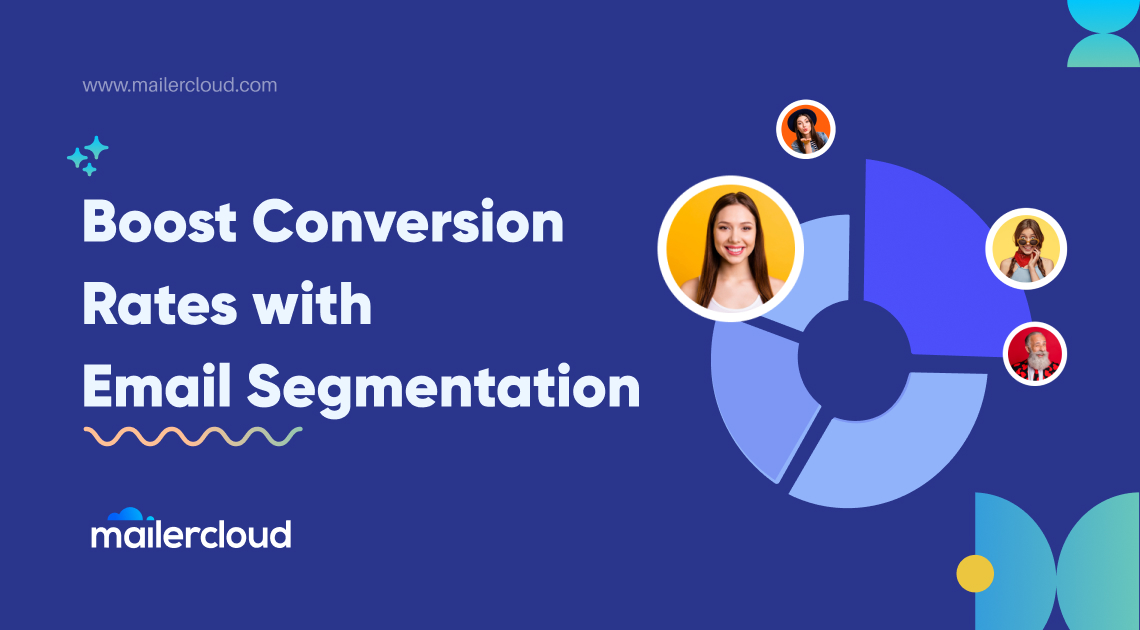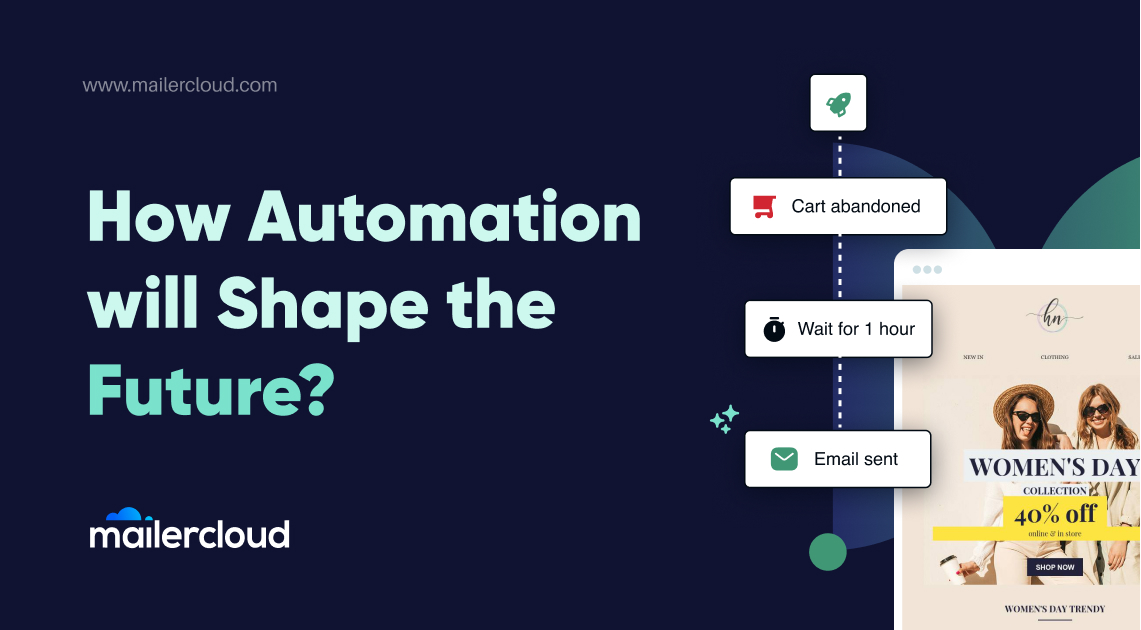Understanding the email marketing customer journey is crucial for businesses looking to optimize their email marketing strategies. This article delves into the nuances of the customer journey, highlighting key stages, strategies, and tips to enhance your email marketing efforts. By the end of this guide, you’ll have a clear roadmap to creating an effective marketing email journey that boosts customer engagement and drives conversions.
Table of Contents
What is the Email Marketing Customer Journey?
The email marketing customer journey refers to the path a customer takes from their initial interaction with your brand via email to becoming a loyal customer. This journey involves multiple touchpoints and stages, each requiring different email marketing strategies to guide the customer through their journey effectively.
Understanding this journey helps businesses tailor their email marketing campaigns to meet the needs and expectations of their customers at each stage, ultimately leading to higher engagement and conversion rates.
Why is Understanding the Customer Journey Important?
Understanding the customer journey is essential for several reasons. Firstly, it allows businesses to create targeted email marketing campaigns that resonate with their audience. Secondly, it helps identify potential pain points in the customer experience, enabling businesses to address these issues promptly. Lastly, it provides insights into customer behavior, which can be used to refine and optimize email marketing strategies.
An effective email marketing customer journey enhances customer satisfaction and loyalty, resulting in long-term business growth.
Mapping the Customer Journey in Email Marketing
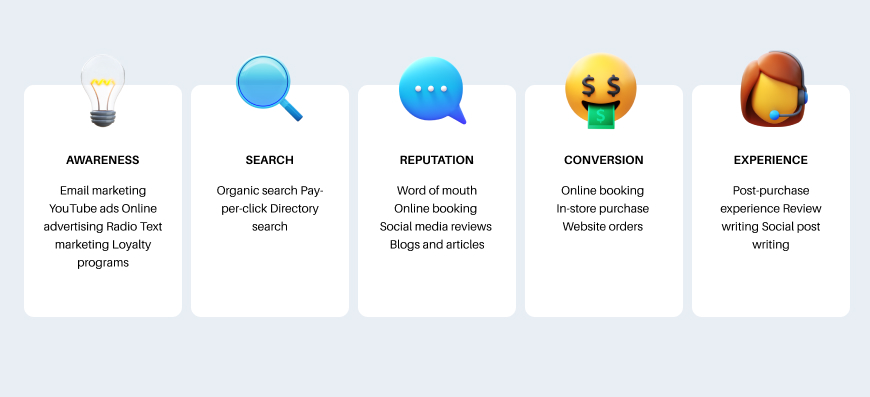
Mapping the customer journey involves identifying and visualizing the various stages a customer goes through, from awareness to purchase and beyond. This process helps businesses understand how customers interact with their emails at each stage and what actions they take as a result.
By the customer journey map, businesses can identify key touchpoints and create targeted email campaigns that address the specific needs and preferences of customers at each stage. Using journey orchestration platforms can take this a step further by automating and coordinating personalized interactions across multiple channels, ensuring a seamless and consistent customer experience.
Stages of the Email Marketing Customer Journey
1. Awareness: This is the initial stage where potential customers become aware of your brand through an email sign-up form or a marketing campaign. The goal at this stage is to capture their interest and encourage them to learn more about your products or services.
2. Consideration: At this stage, customers are considering whether to purchase from you. Email campaigns should focus on providing valuable information, such as product comparisons, customer reviews, and personalized email offers to help them make an informed decision.
3. Purchase: This is the critical stage where customers make a purchase. Effective email campaigns at this stage include abandoned cart emails, limited-time offers, and seamless purchase processes to encourage conversions.
4. Retention: After the purchase, the goal is to retain customers and build loyalty. Welcome email series, personalized recommendations, and exclusive offers can help keep customers engaged and encourage repeat purchases.
5. Advocacy: The final stage is where loyal customers become brand advocates. Encouraging customer feedback, sharing user-generated content, and implementing referral programs can help turn satisfied customers into enthusiastic promoters of your brand.
Creating an Effective Email Marketing Strategy
To create an effective email marketing strategy, businesses must understand their audience, set clear goals, and develop a plan that aligns with the customer journey. Here are some key steps:
- Define Your Audience: Identify your target audience and segment your email list based on customer data, such as demographics, purchase history, and behavior.
- Set Clear Goals: Determine what you want to achieve with your email marketing campaigns, whether it’s increasing sales, improving customer engagement, or building brand loyalty.
- Develop a Content Plan: Create a content calendar that outlines the type of emails you will send at each stage of the customer journey, including welcome emails, promotional offers, and follow-up emails.
- Optimize for Deliverability: Ensure your emails reach the inbox by following best practices for email deliverability, such as using a reputable email marketing software and maintaining a clean email list.
- Measure and Analyze: Track key metrics, such as open rates, click-through rates, and conversion rates, to evaluate the effectiveness of your email campaigns and make data-driven adjustments as needed.
Implementing Email Journeys
Implementing email journeys involves creating a series of automated emails that guide customers through their journey. These emails should be triggered by specific actions or behaviors, such as signing up for a newsletter, making a purchase, or abandoning a cart.
Automated email marketing campaigns save time and ensure that customers receive timely and relevant information based on their stage in the customer journey.
Personalization in Email Marketing
Personalization is key to creating an effective email marketing journey. By using customer data to tailor email content, businesses can provide a more personalized experience that resonates with their audience. This can include personalized product recommendations, special offers based on past purchases, and customized email content that addresses the unique needs and preferences of each customer.
Analyzing Customer Data for Email Marketing
Analyzing customer data is crucial for optimizing email marketing campaigns. By examining data such as open rates, click-through rates, and purchase history, businesses can gain valuable insights into customer behavior and preferences.
These insights can be used to refine email content, improve targeting, and enhance overall campaign performance, leading to better customer engagement and higher conversion rates.
Future Trends in Email Marketing
The future of email marketing is constantly evolving, with new trends and technologies emerging regularly.
Some key trends to watch include the increased use of AI and machine learning for personalized email marketing, the growing importance of interactive email content, and the rise of omnichannel marketing strategies that integrate email with other marketing channels. Businesses are also adopting AI marketing automation to streamline campaign management, improve targeting, and deliver timely, data-driven communications at scale.
Summary
- Understanding the email marketing customer journey is crucial for optimizing your email marketing efforts.
- Mapping the customer journey helps identify key touchpoints and create targeted email campaigns.
- The email marketing customer journey consists of several stages, including awareness, consideration, purchase, retention, and advocacy.
- Creating an effective email marketing strategy involves defining your audience, setting clear goals, and developing a content plan.
- Implementing email journeys with automated email marketing campaigns ensures timely and relevant communication with customers.
- Personalization is key to enhancing customer engagement and improving conversion rates.
- Analyzing customer data provides valuable insights for refining email marketing strategies.
- Examining successful case studies can provide inspiration and best practices.
- Staying updated with future trends in email marketing is essential for staying competitive.
By using email marketing customer journey, businesses can create more effective and engaging email campaigns that drive customer loyalty and business growth.
Lina is a content writer with a passion for reading, writing, and cooking. She aims to explore the world of words and flavors. With a deep love for literature and a knack for creating mouthwatering recipes, she strive to engage and inspire others through her work.





























